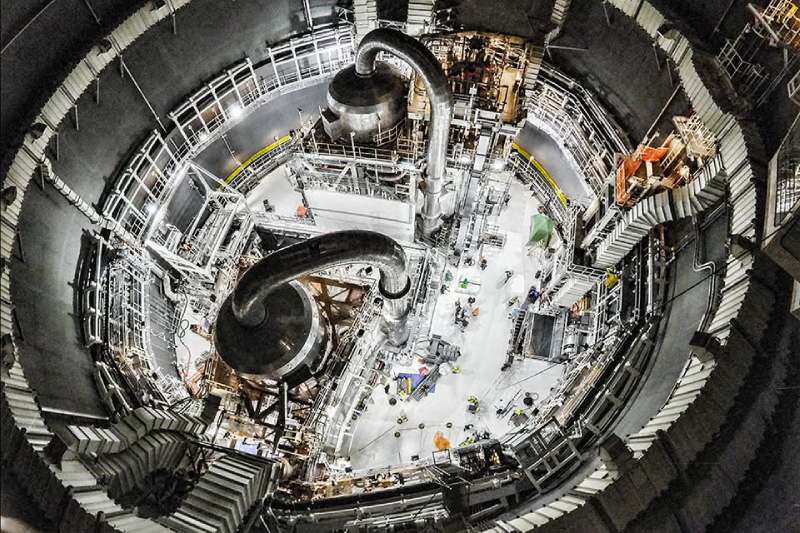
German Startup Reveals “World’s Most Viable” Design An Industrial Nuclear Fusion Facility
- Business
- February 28, 2025
The concept design for what Proxima Fusion, a German startup, says is the most practical commercial nuclear fusion power plant in the world, has been made public.
Its Stellaris plant is “the world’s first integrated concept for a commercial fusion power plant designed to operate reliably and continuously,” according to the Munich-based company.
Fusion Engineering and Design produced a peer-reviewed paper that goes into detail about the concept design.
In its stellarator, Stellaris will make use of high-temperature superconducting magnets. A stellarator is a ring of well placed magnets in the shape of a doughnut that can hold the plasma that produces fusion energy.
Today, tokamaks are used in the majority of fusion studies due to their greater understanding and proximity to ignition conditions. However, during the 1990s, stellarators have attracted new attention.
The International Atomic Energy Agency claims that each type of reactor has some benefits. Stellarators are better at maintaining plasma stability, although tokamaks are better at maintaining plasma heat. Even though tokamaks are currently the most common, stellarators might eventually be the better choice for a potential fusion power plant.
Alpha, Proxima Fusion’s demonstration stellarator, is expected to be completed by 2031. Alpha aims to demonstrate net fusion energy in a continuous-operation concept.
The findings of the Wendelstein 7-X (W7-X) research experiment at the Max Planck Institute for Plasma Physics (IPP) in Germany will be expanded upon by Stellaris.
W7-X was funded by the European Union and the German federal government at a cost of more than €1.3 billion ($1.35 billion).
A public-private collaboration between IPP scientists and Proxima Fusion engineers produced the Stellaris project. With engineers from companies including Google, Tesla, McLaren Formula-1, and SpaceX, Proxima Fusion, the IPP’s first spin-out, has been expanding on the institute’s theoretical and experimental studies.
More power per unit volume can be produced by Proxima Fusion’s stellarator design than by any previous stellarator power plant design.
When compared to earlier stellarator models, the size can be significantly reduced because to the much stronger magnetic fields made possible by high-temperature superconducting magnet technology.
Smaller reactors can be constructed faster, generate energy more efficiently, and are expected to be more affordable to build and operate, according to Proxima Fusion.